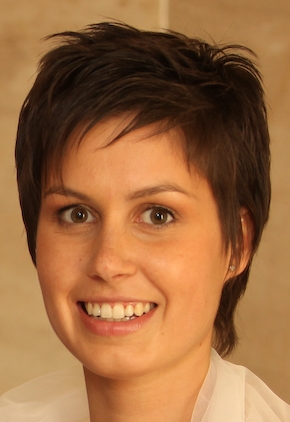Nathalie De Geyter - PLASMATS
Onderstaande beschrijving is in het Engels:

Contact: Nathalie.DeGeyter@UGent.be
Publications: https://biblio.ugent.be/person/801001862760
PLASMATS - Plasma-assisted development and functionalization of electrospun mats for tissue engineering purposes
Within this ERC project, two fascinating research themes, electrospinning and plasma technology, will be combined. Electrospun nanofibrous matrices (so-called mats) are unique materials with a wide range of possible applications. Nevertheless, the development and the functionalization of these electrospun materials remain very challenging tasks. In this project, atmospheric pressure plasma technology will be utilized to create advanced biodegradable electrospun mats with unprecedented functionality and performance. To realise a major breakthrough, plasma technology will be implemented in different steps of the manufacturing process: pre-electrospinning and post-electrospinning.
The project focuses on four cornerstone research lines, which have been carefully chosen so that all critical issues one could encounter in creating advanced biodegradable electrospun mats are tackled. The first research line aims to develop biodegradable electrospun mats with appropriate bulk properties, while in a second research line, pre-electrospinning polymer solutions will be exposed to non-thermal atmospheric plasmas. This will be realized by probing unexplored concepts such as discharges created inside polymer solutions. In a third research cornerstone, an in-depth study of the interactions between an atmospheric pressure plasma and an electrospun mat will be carried out. Finally, the last research cornerstone will focus on plasma-assisted surface modification of biodegradable electrospun mats for tissue engineering purposes.